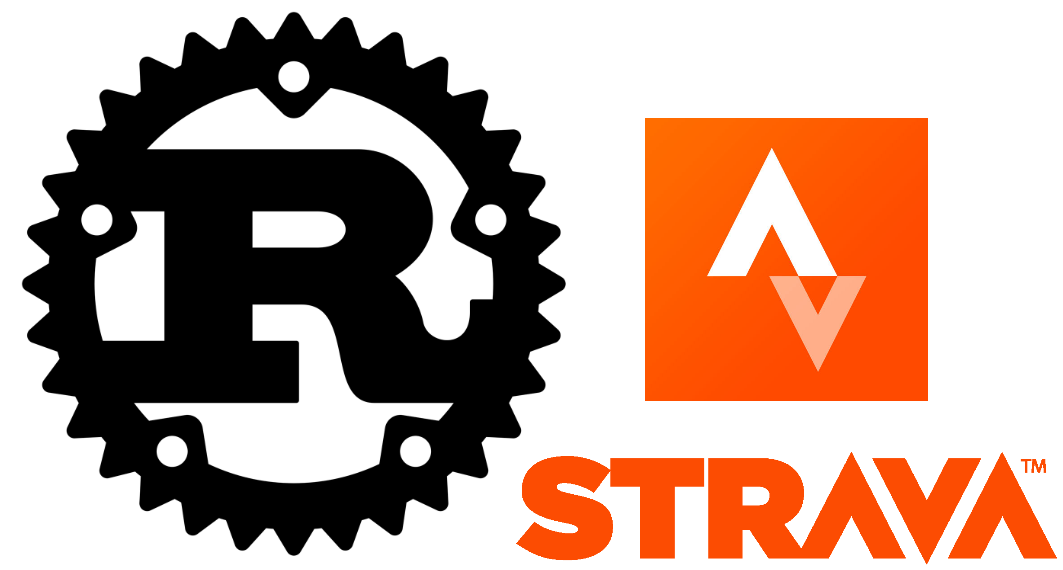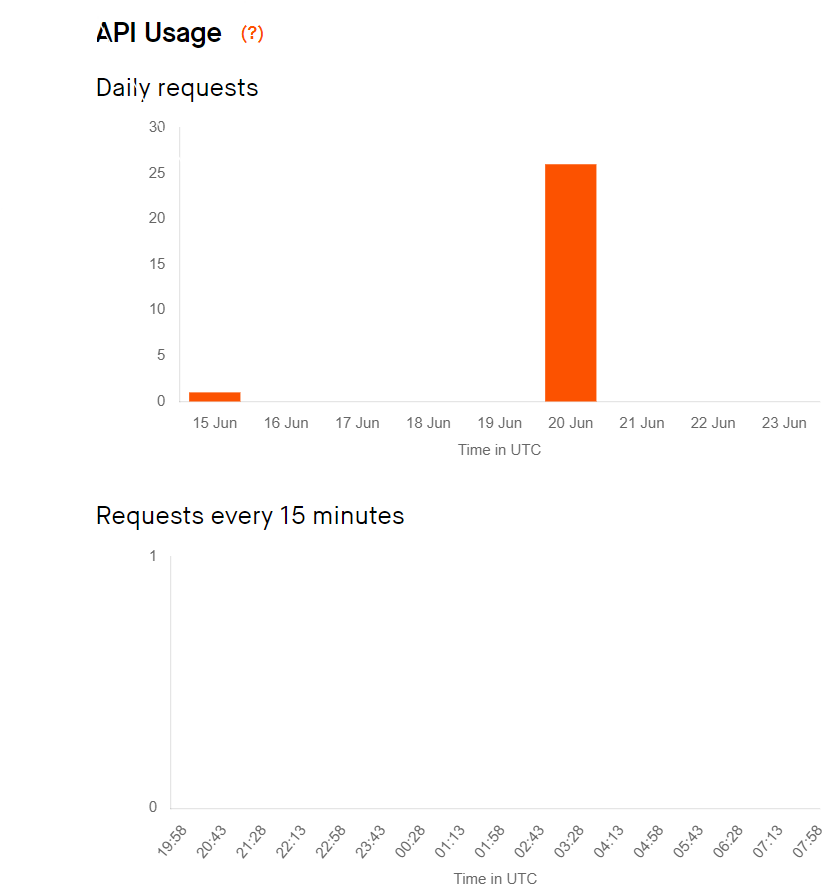How to Connect with Strava API Using Rust
 Alin Iordache
Alin Iordache
Implementing this in Rust is somewhat challenging since, at the time of writing this article, there were no crates available that could accomplish everything I wanted. As a result, I had to implement most of it myself. However, this was a welcome part of my Rust learning process.
What is Strava?
The Strava Developers website does an ok job of explaining how to access the API but the article that put all the pieces together for me was this one. The challenging part was figuring out the OAuth procedure for having access to the data and then automating the procedure so I could use it any time I needed new data to be downloaded from Strava.
The gist of it is that you need to take one manual step to authorize the Strava app to read the current athlete's activities (in my case that is me who I'm allowing the app to read my activities) and after you get the authorization tokens from Strava, you will only need to run a refresh procedure for these tokens which I called automated procedure.
Authorization procedure
Manual steps:
Go to https://www.strava.com/settings/api and create a new Strava app
you get the Client ID, Client Secret which should be kept secret
Go to http://www.strava.com/oauth/authorize?client_id=<CLIENT_ID>&response_type=code&redirect_uri=http://localhost/exchange_token&approval_prompt=force&scope=read,activity:read_all,profile:read_all,*read_all
notice the scope permissions the app is requesting
Authorize the app
Strava will redirect to a URL that contains the authorization code under the &code parameter
this is your authorization code
Exchange the authorization code for your first access token by doing a POST request (if using curl, use -F for parameters) to https://www.strava.com/oauth/token including the following parameters:
client_id=<CLIENT_ID>client_secret=<CLIENT_SECRET>code=<AUTHORIZATION_CODE> (from step 4)grant_type=authorization_codeyou will get a JSON response that includes the 'access_token', 'refresh_token' and 'expires_at' fields. Note that the default expiration for the tokens is 6 hours so the expire_at timestamp you get is 6h in advance from the first generation. Subsequent calls will return the same expires_at until they expire.
You can now make requests to Strava by using the access_token as your Bearer like so:
curl -X GET "https://www.strava.com/api/v3/activities/8995856626/streams?keys=latlng,altitude" -H "Authorization: Bearer <access_token>"
The end of the manual procedure consists in having the access_token, refresh_tokens and expires_at stored somewhere in your app. The automated procedure involves refreshing these tokens when the current timestamp is larger than their expires_at.
Automated steps:
Check if the current timestamp (Datetime.now) is larger than the expires_at value. If not, then use the access_token as Bearer. If the expires_at field points to the past then go to step 2.
Request refreshed tokens by doing a POST request (if using curl, use -d for parameters) to https://www.strava.com/api/v3/oauth/token including the following parameters:
client_id=<CLIENT_ID>client_secret=<CLIENT_SECRET>grant_type=refresh_tokenrefresh_token=<refresh_token>you will get a JSON response that includes the 'access_token', 'refresh_token' and 'expires_at' fields. These will need to be updated in your database
A few details on the implementation:
Use a (.gitingore) secrets file to store all the data marked as 'secret'. That is the Client ID, Client Secret. Don't deploy them anywhere in public. As this procedure makes the most sense to be done on a backend, you can store this file safely on your server.
Store the tokens (access and refresh, alongside their expiration timestamp) in the persistent layer of your choice. As this might need to be checked at runtime every time you make a request maybe it's worth putting them somewhere with fast access.
Strava imposes rate limits of 200 per 15 minutes and 1000 requests per day so keep that in mind when implementing your app. Dashboards below are available in your Strava Developers account under My API Application.

Trigger API requests
Once you have this procedure set up, it means that you will be ready anytime to trigger requests to Strava's API. The Rust code has a generic GET request implementation (that outputs JSONs) and a multitude of other functions that use it to request a particular endpoint from Strava (like activities, streams, telemetry, etc.)
By using the function above, you can create additional getter functions for the particular data you might need.
The complete implementation can be found in src / strava / api.rs and includes the mechanism for reading the tokens from the secrets TOML file and also the token refresh function.
This article showed how you can authenticate to Strava API and make calls to get the JSON data your app requires. In my other articles, I showed how I persisted this data into MongoDB and also how I'm putting it all together in a web app capable also of searching the data using OpenAI's SQL translate API.
Thank you for reading and stay tuned ✌️
Subscribe to my newsletter
Read articles from Alin Iordache directly inside your inbox. Subscribe to the newsletter, and don't miss out.
Written by

Alin Iordache
Alin Iordache
Backend developer by trade, full stack at heart